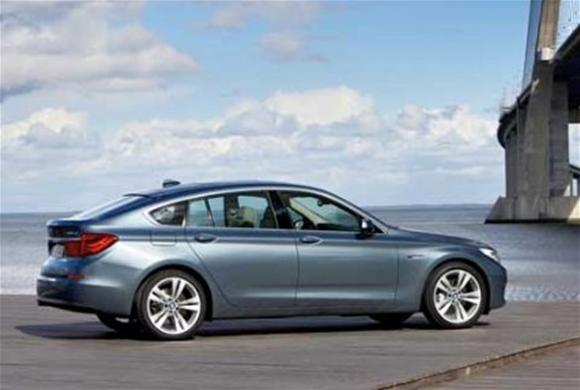Every modern-day success has a strong and interesting history behind it and the BMW 5 Series is no exception.
From its introduction in 1972 to 2009’s models, there have been six generations which have been released by the German manufacturer. The 5 Series is now the second-best selling model behind the smaller 3 Series, with the five millionth rolling off the production line in January 2008.
Before booking a BMW 5 Series contract hire deal, find out more about the history that you are becoming part of.

1972 – 1981: E12
The E12 was the first car to carry the 5 Series name and was the fifth vehicle in the “New Class” lineup. It was developed as a replacement for the New Class Sedan and filled a nice size gap between the 2002 models and the larger E3.
Styled by Paul Bracq and Pietro Frua, the vehicle was a success and provided the stepping stone for what was to come in the future.
1981-1988: E28
The second generation of the range was released in 1981, some nine years after the first and included a host of styling and mechanical changes. These included a six-cylinder diesel engine – which could have been the choice of company car users back in the 1980s – and the introduction of automatic transmission which was not available on the European version of the E12.
Furthermore the M5 was also born alongside the E28 model, boasting an S38, six-cylinder engine which made it the fastest sedan in the world.
1988-1996: E34
The third generation hit showrooms in 1988 and included catalyst technology from the start, after this was introduced in 1984. Power ranges were stretched from 115hp to 211hp, thanks to the range of six-cylinder, electronic fuel injection engines on offer.
The E34 built on its predecessor – literally – by growing significantly and providing more room inside. It is perhaps here that its executive qualities were first realised, with chief designer Claus Luthe combining sporting elegance alongside flowing lines and a distinctive wedge shape.
Sound insulation was improved and for the first time ever a Touring model was made available in the 5 Series class by BMW.
1995-2004: E39
Taking great inspiration from the 7 Series, the fourth-generation 5 Series saw the wheelbase grow yet again while improvements were also made in the construction and electronic technology both in the cabin and under the hood.
Light alloy suspension was perhaps the headline feature, which significantly reduced the weight of the car. Nearly 1.5 million units were sold before production ended in 2004.
2003-2010: E60/E61
The fifth generation went on to become the best-selling 5 Series of all time and took a huge step forward in terms of technology from the previous incarnations. iDrive was included alongside all-wheel drive, while the engine range featured four and six-cylinder petrol and diesel versions, as well as V8 and V10s.
It was this innovative technology which helped the 5 Series to make huge gains in terms of efficiency, making it the ultimate benchmark in the upper mid-range segment. This was mainly down to the fact that the 520d could return an impressive fuel consumption of 5.1 litres/100km, with a CO2 emission rating of 136 grams per kilometre.
2009-present: F10, F11, F07
That brings us to today’s sixth-generation 5 Series, which is the most refined version yet. Again, based on the latest 7 Series, improvements have ensured that motorists are getting ultimate quality and style when they invest.
A dual ball joint short-long arm suspension and rear multilink system makes the comfort and stability of the motor even more impressive, while the interior is perfectly suited to the modern-day executive with the centre console making a return to being angled towards the driver.
The diesel version is again one of the most efficient out there, while safety scores are also equally notable.